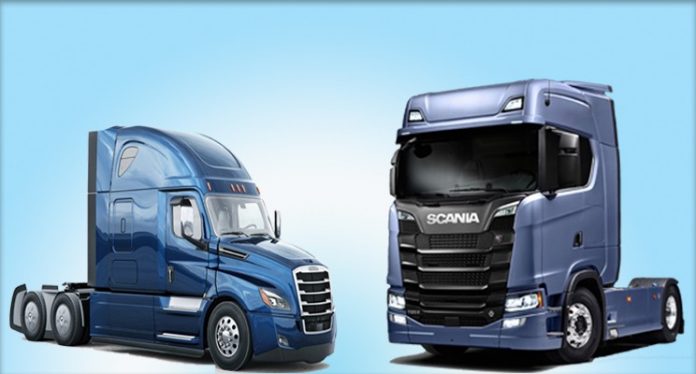Outside of North America, almost every country in the world uses COE (cab over engine) trucks, while a vast majority of North American companies use conventional trucks. Moving from one to the other takes some getting used to, as they are different in more than just looks. The most dangerous difference is the drivers position in the cab. In a cab over, you are right against the side of the truck, therefore to hold proper lane position while driving, you have to be sitting just inside the Centre line of the road way. If you do this with a conventional cab, you’re a good foot over the Centre line of the road way, which could lead to a serious head on collision. To achieve proper lane position with a conventional, line up the centre of your hood with the fog line on the right side of your lane, and you’ll be almost perfectly positioned. Moving from a conventional to a cab over can be just as daunting, as now you have to sit almost in on coming traffic, otherwise your passenger side tires are on the shoulder of the highway.
Another area that has caught drivers moving from cab overs to conventionals are the blind spots, especially in front of the truck. Most trucks these days have sloped hoods for aerodynamics and it also increases forward visibility. Some older trucks have a hood so flat and long, you could almost host a World Cup soccer game on them! The aerodynamic hoods create a blind spot about 6 feet (2 m) long in front of the truck. The old style long flat hoods create a blind spot close to 20 feet (6 m) long, so be sure to take that into account if you ever find yourself in one of these older trucks.



















